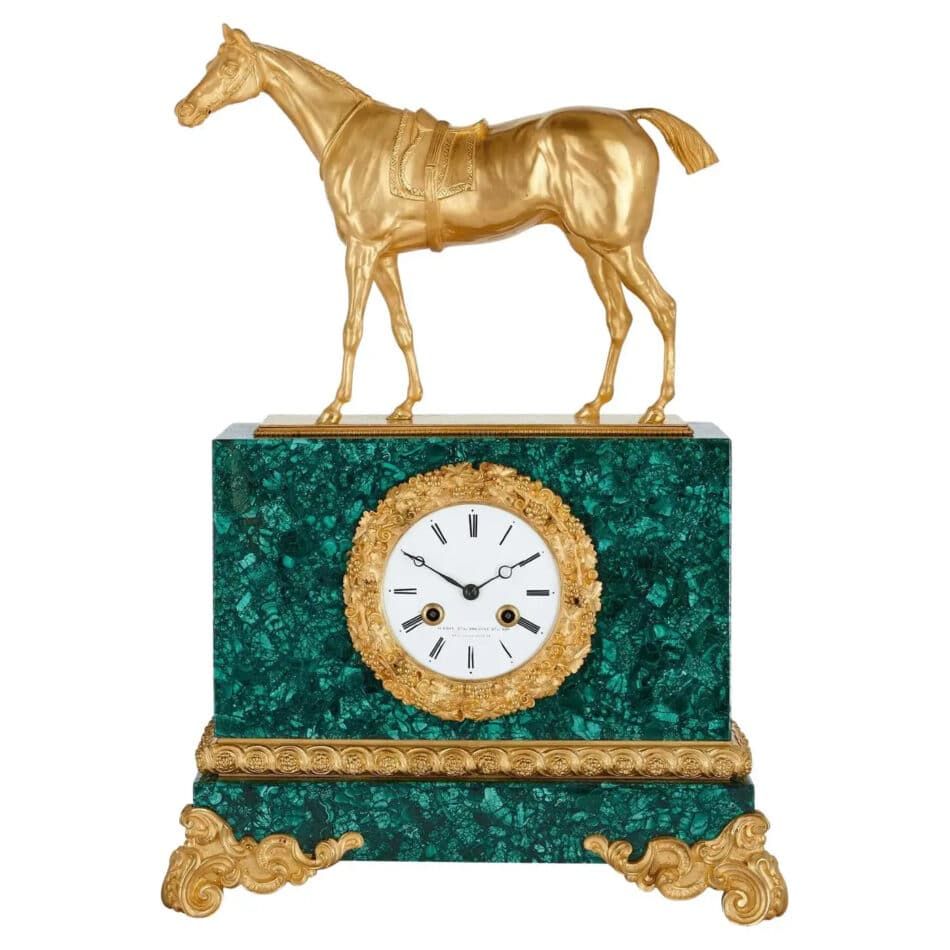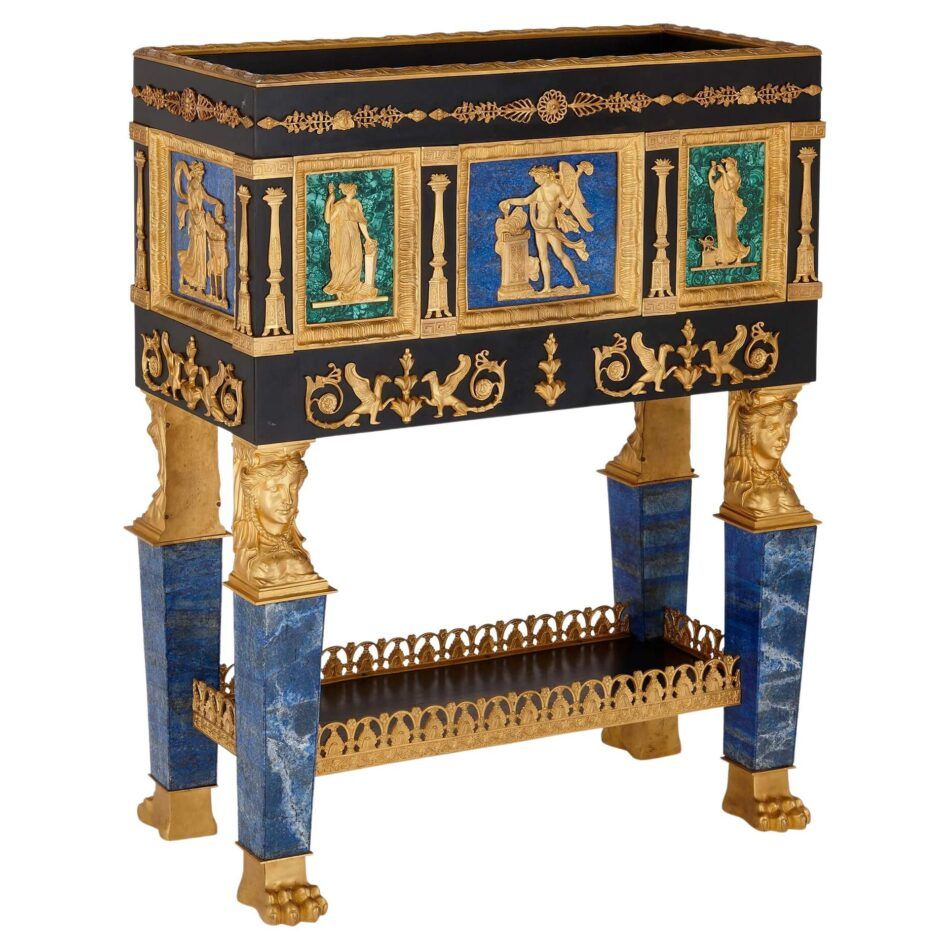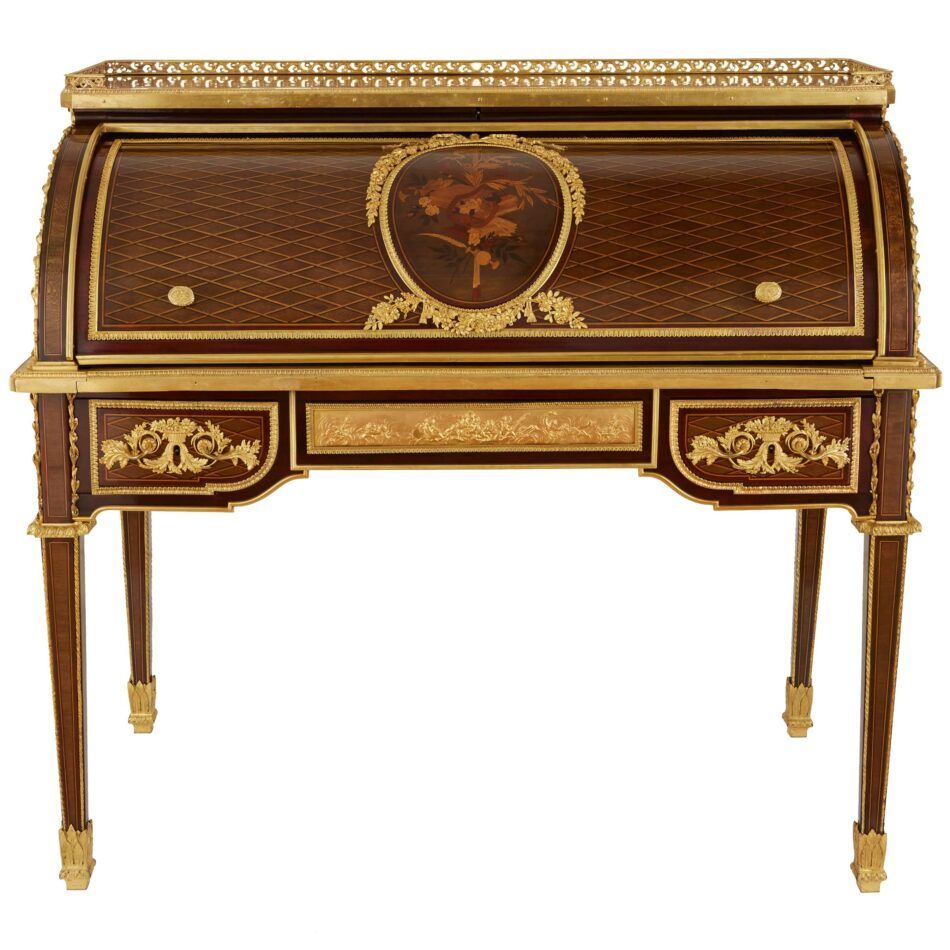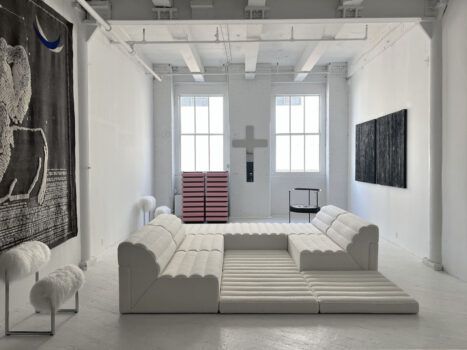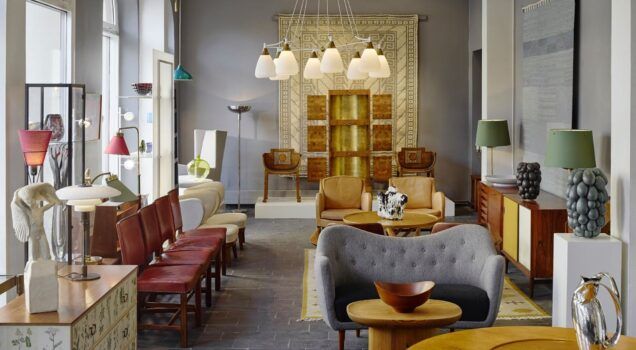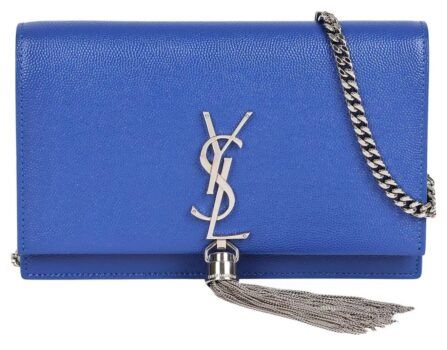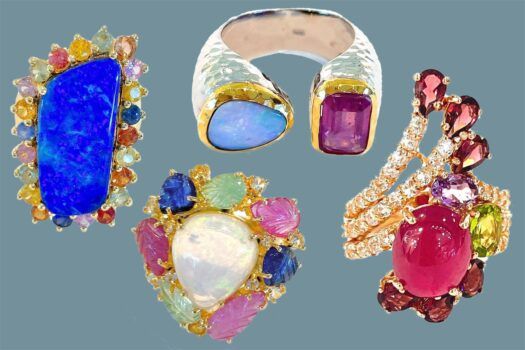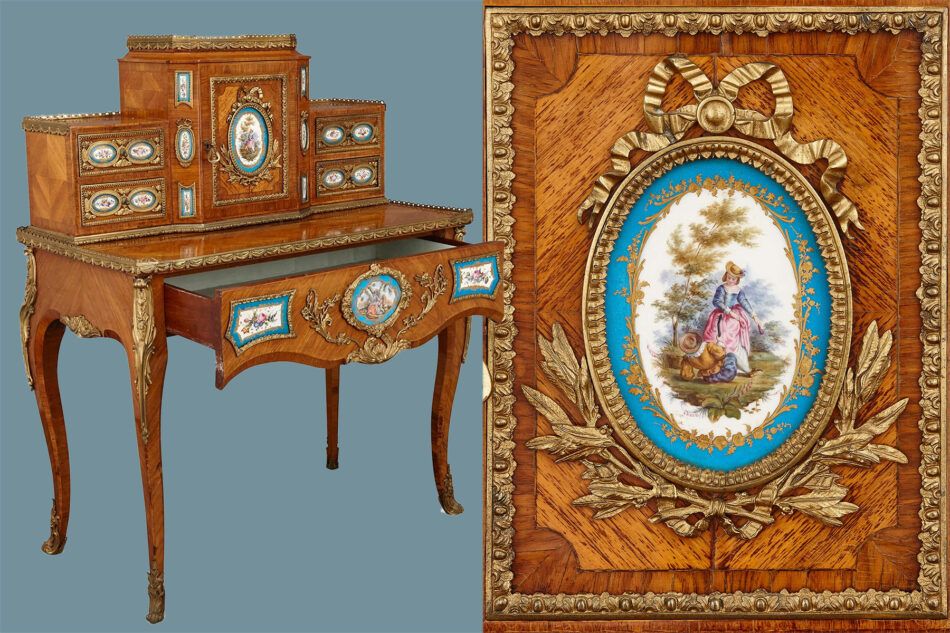
To the untrained eye, ormolu looks like solid gold. But those in the know recognize it as a brilliant form of decorative trickery. Ormolu — or elaborate bronze gilding — was essential to French design in the 18th and 19th centuries as a cornerstone of the neoclassical and Empire styles.
“This wondrous material was highly sought after in France as the ultimate luxury. It magically resembled solid gold and sparkled under candlelight,” says Jamie Sinai, director of the antiques specialist Mayfair Gallery, in London. From the court of King Louis XVI to that of Napoleon I, the French elite snapped up furniture mounted with ormolu, as well as sconces, candelabra and clocks made from the material. “As the French reputation for supreme art, architecture and furniture developed, the craze for ormolu spread across Europe,” adds Sinai.
Today, antiques collectors and interior designers continue to prize ormolu for its extraordinary craftsmanship and history-infused glamour. Mayfair Gallery, a longtime family-run gallery and member of esteemed British trade association LAPADA (formerly the London and Provincial Antique Dealers Association), has sourced some of the finest historical examples. We asked Sinai to shed light on the material’s gilded past and why it remains as good as gold today.
What is ormolu exactly?
Most commonly, ormolu refers to a bronze object that has been covered with gold, typically 18 karat or 24 karat. For that reason, ormolu is sometimes called gilt bronze or, in French, bronze doré. Strictly speaking, however, the term ormolu also denotes the technique of applying gold to a metal.
The word comes from the French or moulu, which translates as “ground or powdered gold” — the form the gold takes before it is applied to a metal surface.
Why is and was ormolu so cherished?
While ormolu wasn’t as expensive as solid gold, it was a luxury material made by only the most skilled craftsmen. The process of casting the bronze and gilding it was time-consuming and painstaking, requiring great dexterity. It was an art form in its own right.
What are the distinguishing characteristics of neoclassical design and Empire style, and where does ormolu fit in?
Neoclassicism was a movement taking inspiration from ancient Greece and Rome that flourished in 18th- and 19th-century France, when the country was generally recognized as the furniture capital of the world. Neoclassical design went through two distinct phases.
The first, known as Louis XVI style, is epitomized by the sleek, simple and beautiful creations of Queen Marie Antoinette’s favorite makers: Jean-Henri Riesener and David Roentgen. It is characterized by symmetry, harmonious proportions and the use of classical motifs from antiquity combined with contemporary methods of furniture manufacture, including the use of decorative ormolu mounts.
The second phase, known as Empire style, coincided with the reign of Napoleon I. It was similar to the Louis XVI style but was distinguished by more ornate, florid ormolu mounts. It was also typified by heavy decoration with propagandistic symbols.
Ormolu was notoriously dangerous to produce. What made it so toxic?
Mercury fumes. The most common method used to produce ormolu was mercury gilding, or more excitingly, fire gilding. The process consisted of applying a solution of mercuric nitrate to the bronze, followed by a mixture of mercury and ground gold powder. The bronze was then heated so that the mercury evaporated, fusing the gold powder to the surface of the bronze.
Gilders often did not live past the age of 40. Nowadays, gilding bronze involves a complicated electrochemical procedure known as electroplating, or gold plating, which is safer.
How would you decorate with ormolu in interiors today?
Ormolu antiques are most commonly associated with the lavish traditional interiors of grand palaces, country estates and luxurious, 5-star hotels. But while it can certainly lend an interior French ancien régime grandeur, gilded bronze can be used in a variety of settings.
Once upon a time, it was deemed incorrect to mix historical styles. Now — happily, in my opinion — it is fashionable to combine old and new and to configure pieces to work together harmoniously. I’m a huge fan of the use of ormolu works as statement pieces in starkly contemporary schemes.

